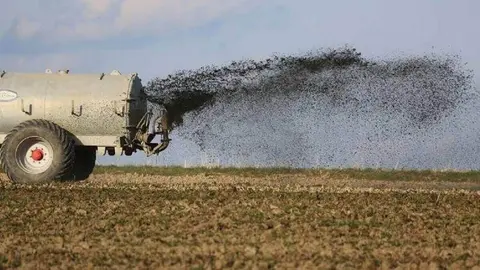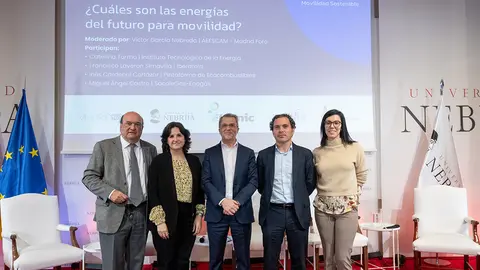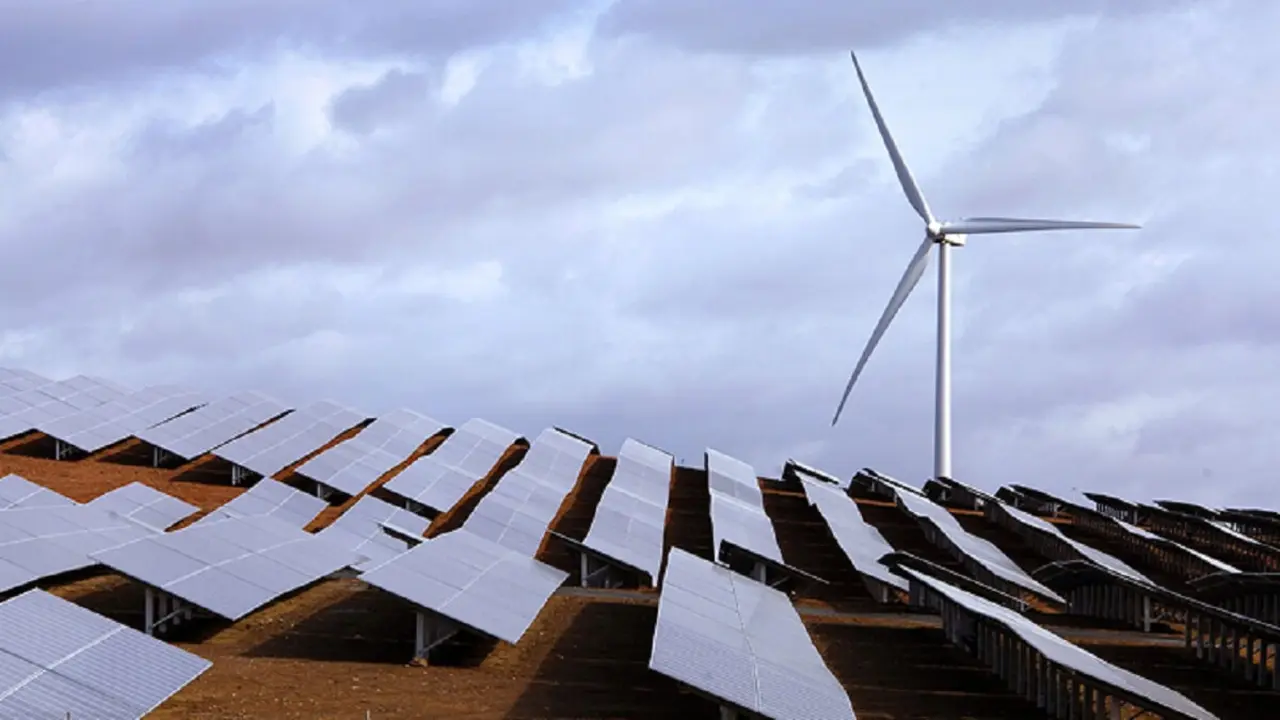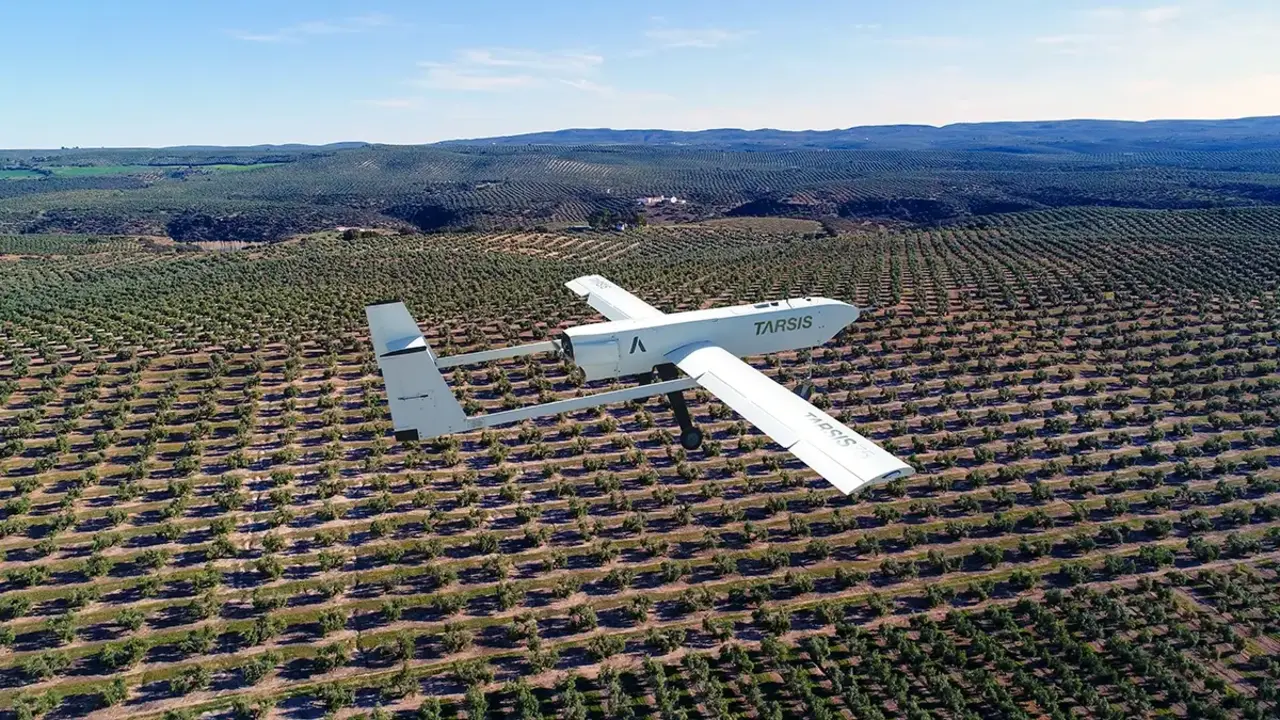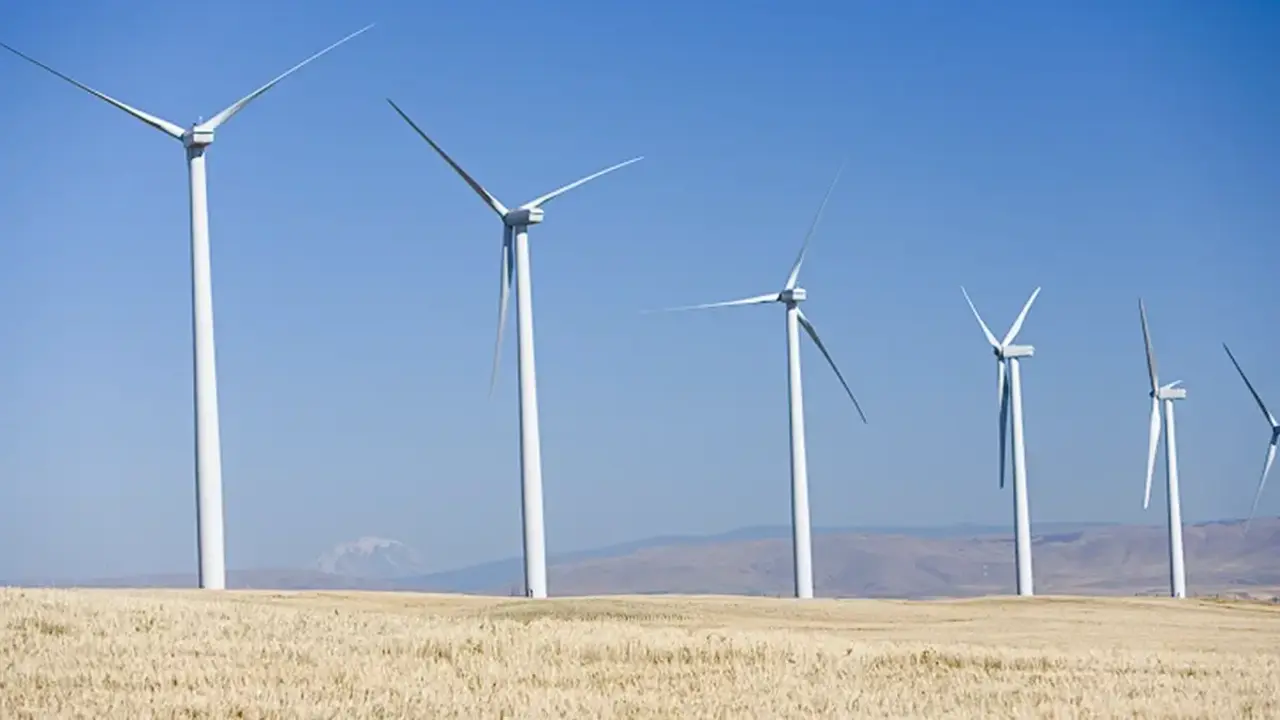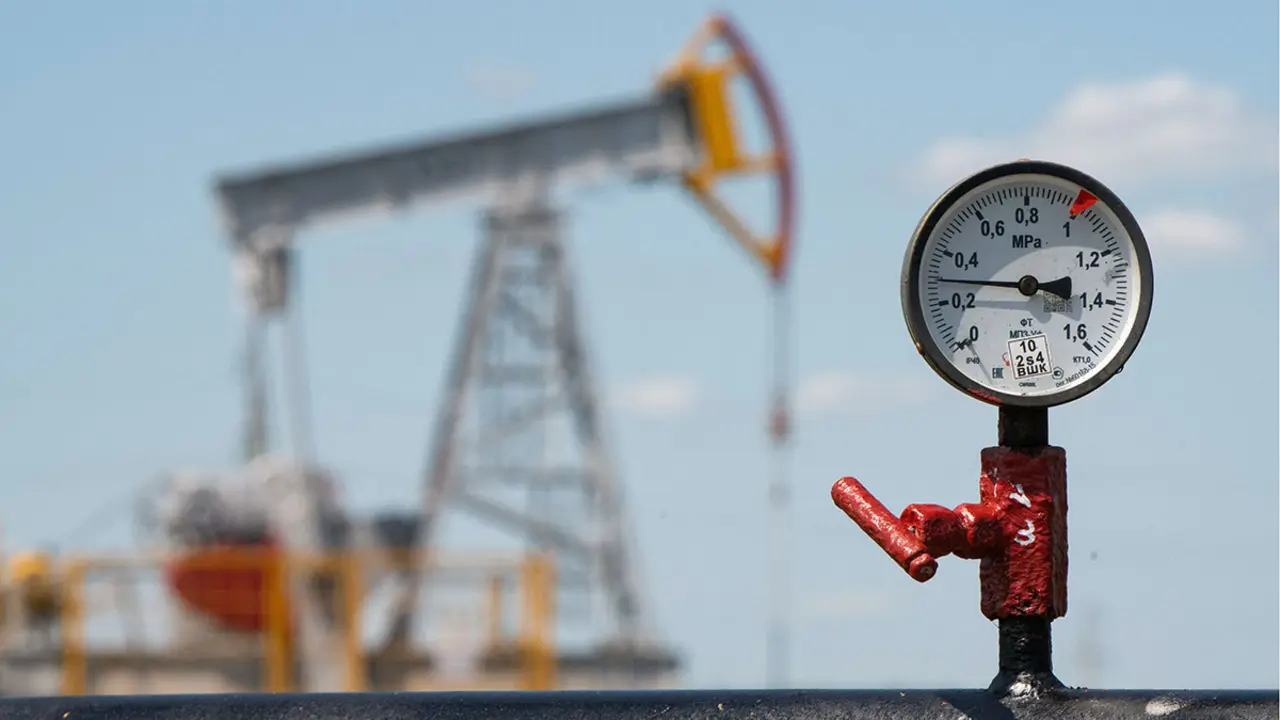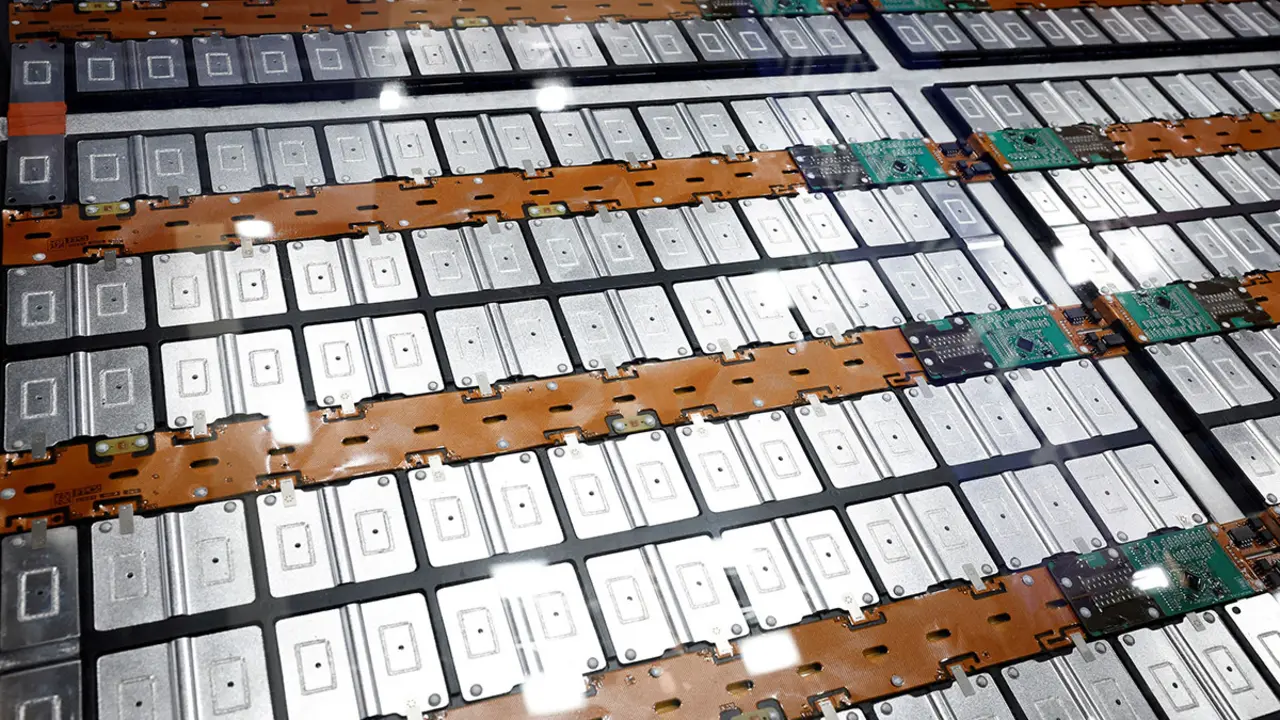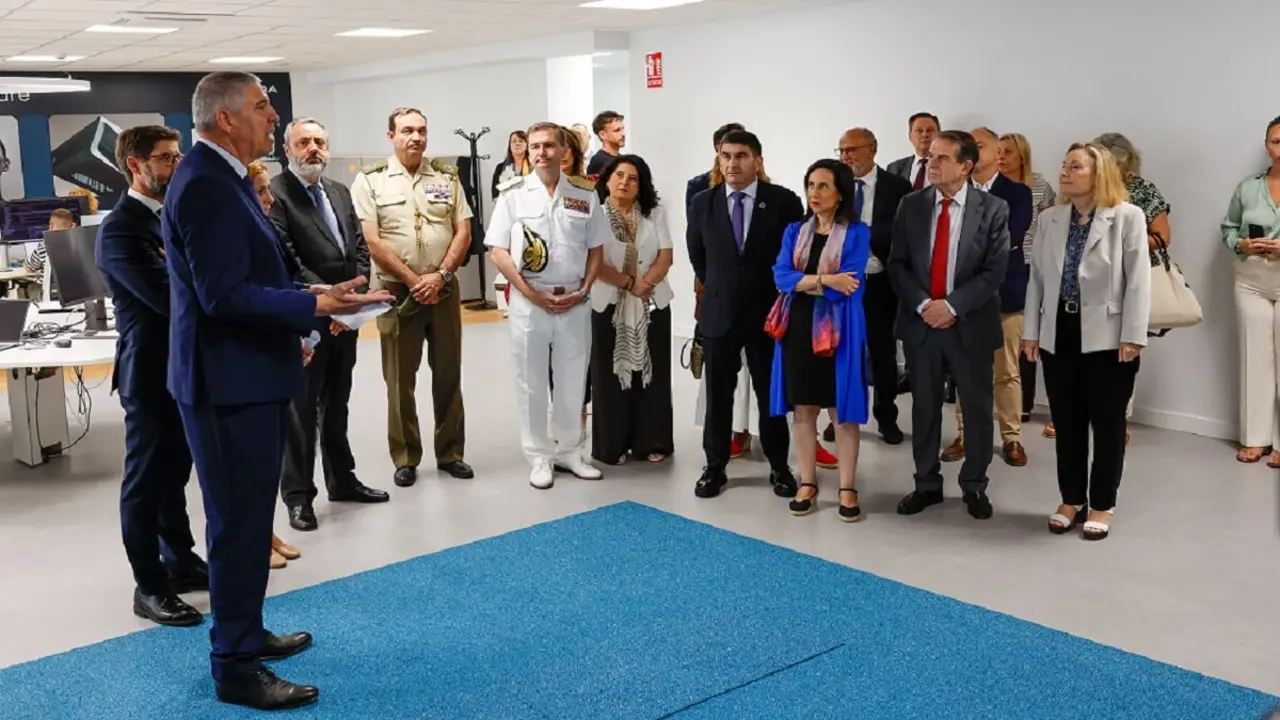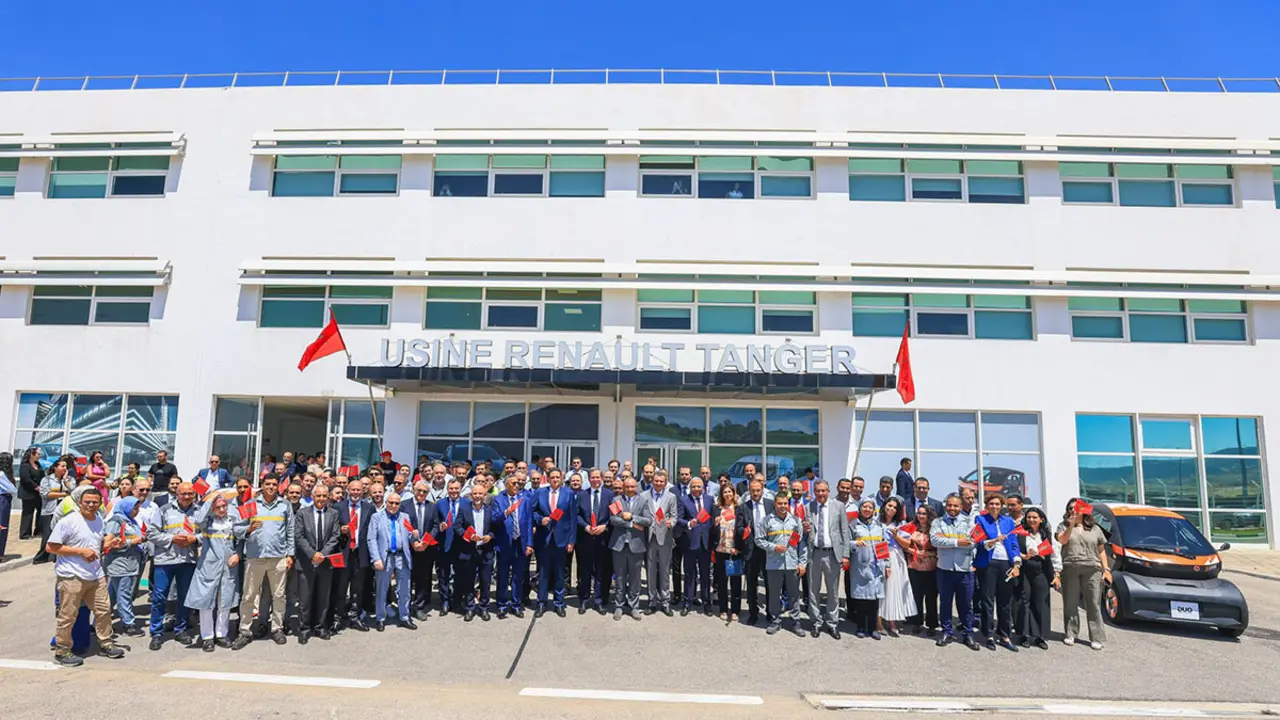Morocco, a leader in phosphate reserves and an emerging sustainable technology powerhouse

Morocco, known for its rich history and vibrant culture, also stands out economically thanks to its vast phosphate reserves. According to a recent report by Ben IntelliNews, Morocco possesses approximately 70% of the world's reserves of phosphate rock, essential for the production of fertilisers and battery materials. This resource places the country in a strategic position to increase its wealth and influence in key markets.
As reported by Telexpresse, the report notes that Morocco has more than 50 billion tonnes of phosphate reserves, a figure that far exceeds the reserves of any other country. By comparison, China, the largest phosphate producer, has only 3.2 billion tonnes. Morocco's main reserves are in regions such as Khouribga, Oued Eddahab-Lagouira and Youssoufia, which are home to some of the most productive and extensive mines in the world.
Phosphate is crucial to global food security, as it is used to produce essential fertilisers for agriculture. It also plays a vital role in the manufacture of lithium iron phosphate, a key component of lithium-ion batteries used in electric vehicles and energy storage systems. This places Morocco in an influential position in both the agricultural industry and the emerging electric vehicle industry.
Production and exports

Although China leads phosphate production with 90 million tonnes in 2023, Morocco is in second place with 35 million tonnes. However, Morocco's larger reserves offer a significant opportunity to enhance its role in the global phosphate supply chain, especially in the face of growing demand for battery materials.
The kingdom is the world's leading exporter of raw phosphate and the fourth largest exporter of fertiliser. In 2021, Morocco supplied 54% of all fertilisers in Africa, a crucial market for the state.
Infrastructure and diversification

Morocco benefits from its strategic location with access to both the Atlantic Ocean and the Mediterranean Sea, and has advanced port infrastructure such as the Port of Tangier Med, the largest in Africa and the fourth in the world in operational efficiency. This port boosts the country's capacity to export phosphate and derived products.
In addition to phosphate, Morocco has significant reserves of other valuable minerals such as lead, zinc, silver, barite, fluorspar, copper, manganese, antimony and gold. Mining accounts for 10% of the country's GDP, with phosphate contributing 90% of this sector. In 2023, exports of phosphate and its derivatives reported a 34% drop, reaching 76 billion dirhams (7.6 billion dollars), mainly due to the decline in international fertiliser prices.
Reforms and challenges

The Moroccan government has implemented significant reforms to modernise the mining sector, including Mining Law 33-13 of 2015 and the Morocco Mining Plan 2021-2030. These reforms seek to improve institutional efficiency, align the legal framework with new development ambitions and ensure the environmental and social sustainability of mining activities.
Despite its advantages, the mining sector in Morocco faces challenges such as environmental impact, water scarcity and infrastructure needs. Phosphate mining and processing require large amounts of water, a scarce resource in the country's semi-arid climate. In addition, the development and maintenance of infrastructure in remote areas requires continuous investment.
Future prospects
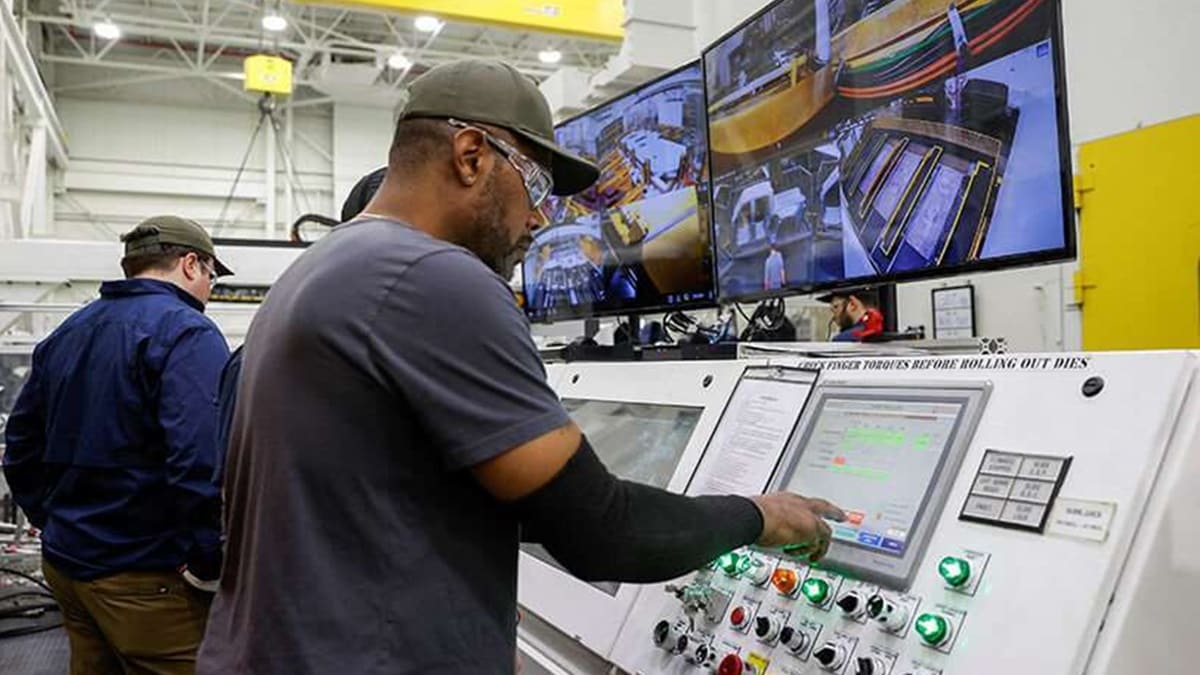
With significant investments in fertiliser production and the development of an industrial zone dedicated to the production of batteries for electric vehicles, Morocco is positioned to be a key player in the green technology and fertiliser markets. An example of this effort is the Jorf Industrial Accelerator Zone, an industrial zone created specifically for EV battery manufacturing. With initial investments of 2.3 billion dollars, this zone promises to generate thousands of jobs and attract international investment, further strengthening the country's economy.
Ultimately, Morocco, with its abundance of phosphates and minerals, strategic location and advanced infrastructure, has the potential to transform its economy and emerge as a global leader in the green technology and fertiliser markets. With a strategic vision and continued government efforts, the country could leverage its natural resources to achieve sustainable and significant growth in the coming years.

